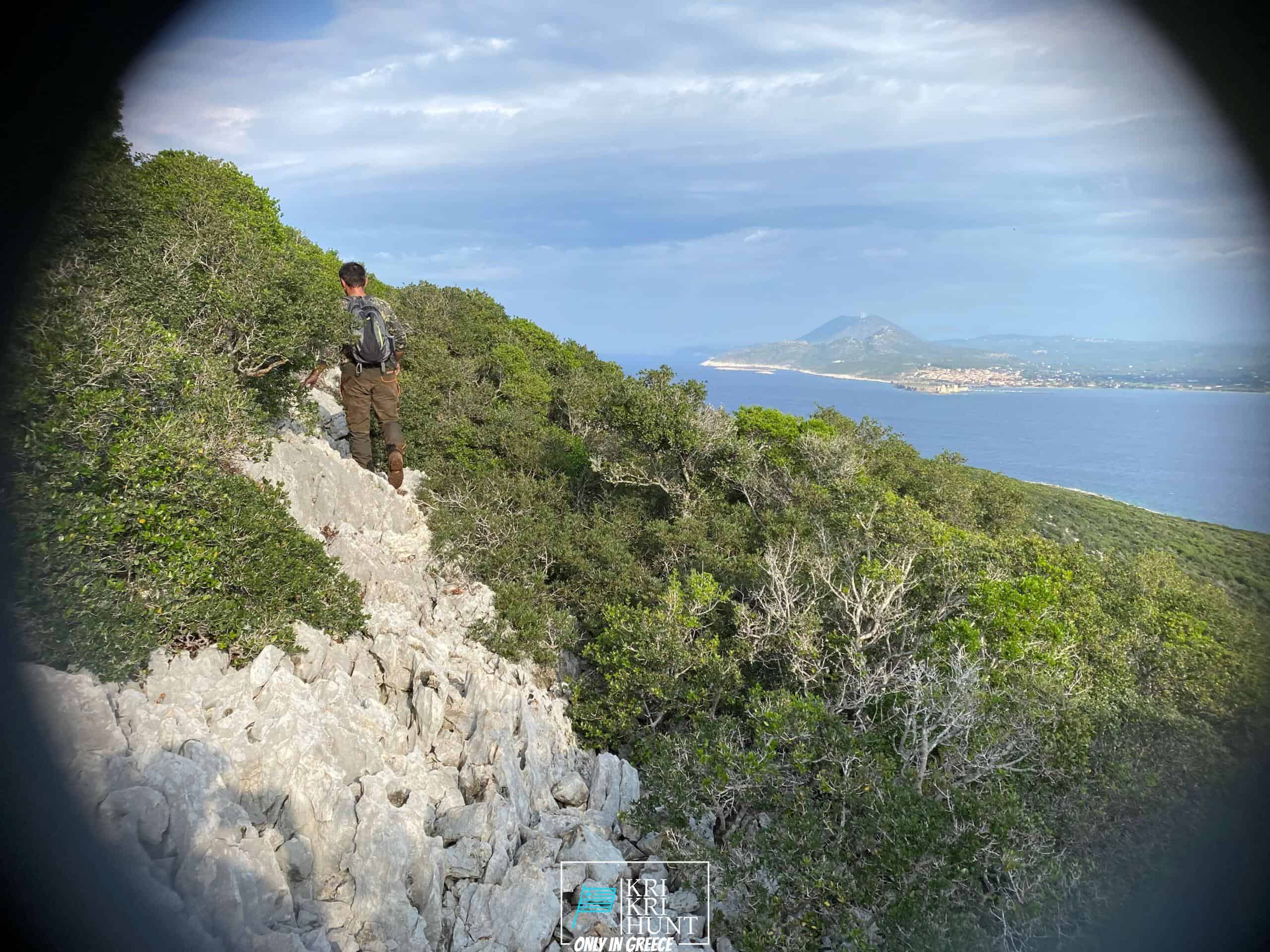Why The Peloponnese Is The 'Real' Greece
Why The Peloponnese Is The 'Real' Greece
Blog Article

They claim that the Peloponnese peninsula is the "genuine" Greece. And also we say, if you're searching for a remarkable adventure, our searching and exploring Peloponnese tour from Methoni is the excellent way to experience all that this stunning nation needs to provide.

This Ibex is not a little Capra aegagrus bezoar ibex, which has actually moved to the western extremity of this varieties' array. The kri-kri (Capra aegagrus cretica), likewise referred to as the Cretan goat, Agrimi, or Cretan ibex, is a feral goat living in the Eastern Mediterranean. The kri-kri has a light brownish layer with a darker neck collar. Two sweeping horns job from the head. Throughout the day, they hide to prevent vacationers. In nature, the kri-kri can jump or climb seemingly sheer high cliffs.
To many people, The Peloponnese peninsula on the Greek Mainland is the 'actual' Greece, where things have actually not transformed much at all over the centuries although that many people have discovered it. This is an area where you could quickly spend a month or more however if you are short in a timely manner after that our hunting and also visiting Peloponnese Tours from Methoni is a wonderful remedy. This covers a huge amount of ground to some of Europe's many extraordinary sites in simply 5 days. You truly won't believe what you see! Whilst the Peloponnese is residence to several of the most effective coastlines in Greece there are a lot of things to see and also do that it is in fact a year-round location. Whilst Summer is the ideal time to invest at the beaches as well as waterfalls, Spring and also Autumn are superb for treking and also discovering Ancient Ruins, Caves as well as Archeological sites. Also winter season is attracting as a lot of the villages and communities receive some snow, particularly in the hills, and also the rock style and vineyards provide themselves to cosy minutes by an open fire. The covered dishes as well as standard wintertime food is scrumptious and passionate. Despite what time of year you select you will find the groups extremely convenient and in many areas, non-existent.
If you're trying to find a genuine Greek experience, after that look no further than our outside searching in Greece with fishing, and cost-free diving trips of Peloponnese. This is a remarkable means to see everything that this fantastic area needs to use. Book your scenic tour today!
What is the diference between Kri Kri ibex, Bezoar ibex and hybrid ibex
The kri-kri is not thought to be indigenous to Crete, most likely having been imported to the island during the time of the Minoan civilization. Nevertheless, it is found nowhere else and is therefore endemic to Crete. It was common throughout the Aegean but the peaks of the 8,000 ft (2,400 m) White Mountains of Western Crete are their last strongholds–particularly a series of almost vertical 3,000 ft (900 m) cliffs called ‘the Untrodden’—at the head of the Samaria Gorge. This mountain range, which hosts another 14 endemic animal species, is protected as a UNESCO Biosphere Reserve. In total, their range extends to the White Mountains, the Samaria National Forest and the islets of Dia, Thodorou, and Agii Pandes.
This Ibex is NOT a diminutive form of the Bezoar Ibex, which has migrated into the western-most reach of the range of this species. The kri – kri (Capra aegagrus cretica), sometimes called the Cretan goat, Agrimi, or Cretan Ibex, is a feral goat inhabiting the Eastern Mediterranean, previously considered a subspecies of wild goat. The kri-kri has a light brownish coat with a darker band around its neck. It has two horns that sweep back from the head. In the wild they are shy and avoid tourists, resting during the day. The animal can leap some distance or climb seemingly sheer cliffs.
“The agrimi goat Capra aegagrus cretica is unique to Crete and its offshore islands. It has been identi®ed as a sub-species of the wild bezoar goat Capra aegagrus aegagrus Erxleben, 1777, which it closely resembles in horn shape, body form and coloration. This classi®cation has been disputed by some researchers who claim that the agrimi are feral goats, derived from early domestic stock brought to the island by the ®rst Neolithic settlers. In order to clarify this issue, DNA analyses (cytochrome b and D loop sequences) were carried out on tissue of live and skeletonized agrimi and compared to sequences of wild and domestic caprines. Results conclusively show the agrimi to be a feral animal, that clades with domestic goats (Capra hircus) rather than with wild Asiatic bezoar. This study demonstrates that morphometric criteria do not necessarily re¯ect genetic af®nities, and that the taxonomic classi®cation of agrimi should be revised.”
Report this page